Kashmir is likely to become ‘Desert-like highland’ within 75 years.
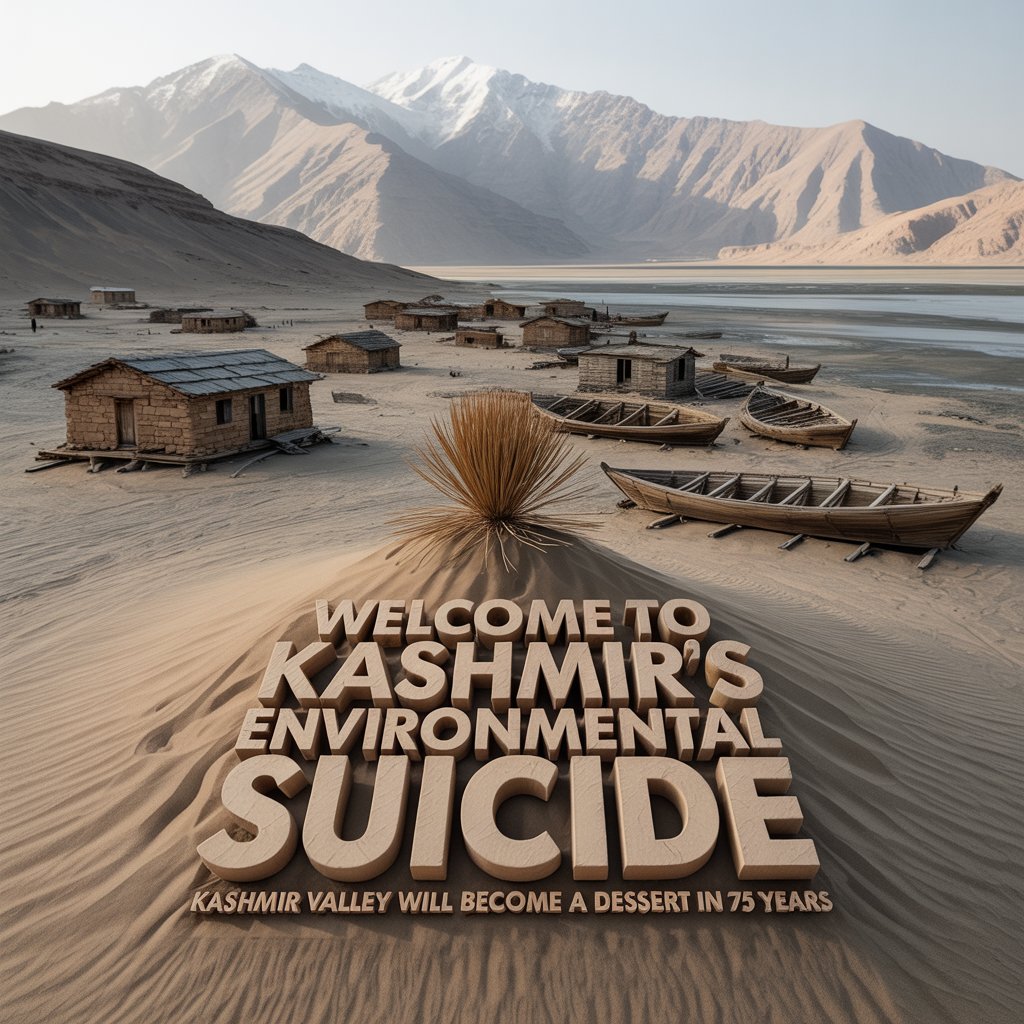
Record breaking heat waves, severed limbs floating in Kashmir’s rivers. Glaciers melting at breakneck speed. Wetlands murdered for concrete towers. Paradise is dying, and we’re the killers. The valley that once cooled India now burns with the fury of our environmental crimes. There is a profound belief that Kashmir valley once was a mystical lake called ‘Satisar’. The valley and the highlands emerged as the great lake drained. The popular belief is that, in time, Kashmir will once again be consumed by the great waters; However, this time the ancient folklore may be catastrophically wrong.
Last month, cloudbursts triggered by glacial melting killed over 70 people in Kishtwar during the Machail Mata Yatra, with gruesome remains found floating in the Chenab River, limbs severed by the fury of flash floods. This isn’t an isolated tragedy. Kashmir is committing ecological genocide while sitting on a ticking time bomb of nearly 20,000 melting glaciers.
Every single day, Kashmir inches closer to becoming an uninhabitable wasteland. January 2024 shattered 43 year temperature records. Srinagar, once a refuge from India’s killer heatwaves, now issues its own heatwave warnings. Tourists flee to air-conditioned hotel rooms instead of exploring the valley that was supposed to save them from scorching plains. With experts warning that 70 percent of glaciers will disappear by the end of this century if the prevailing pace continues, Kashmir faces a terrifying paradox: catastrophic floods from glacial lake outbursts followed by permanent drought.
The transformation is so rapid, so brutal, that scientists predict complete desert-like conditions within 75 years. This isn’t climate change, this is environmental assassination, and we’re holding the smoking gun.
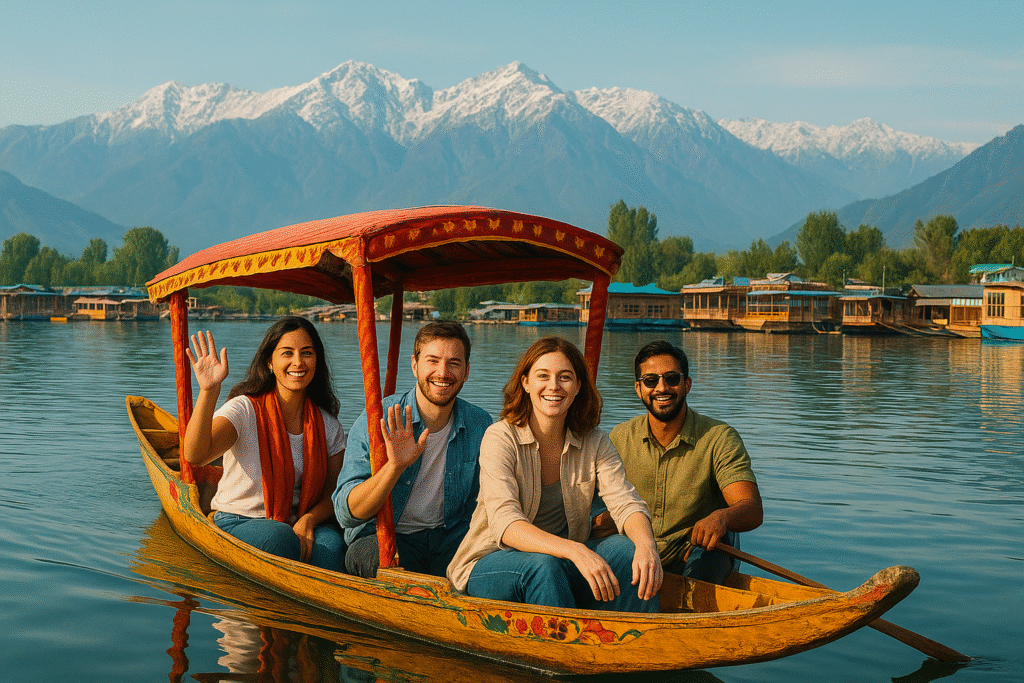
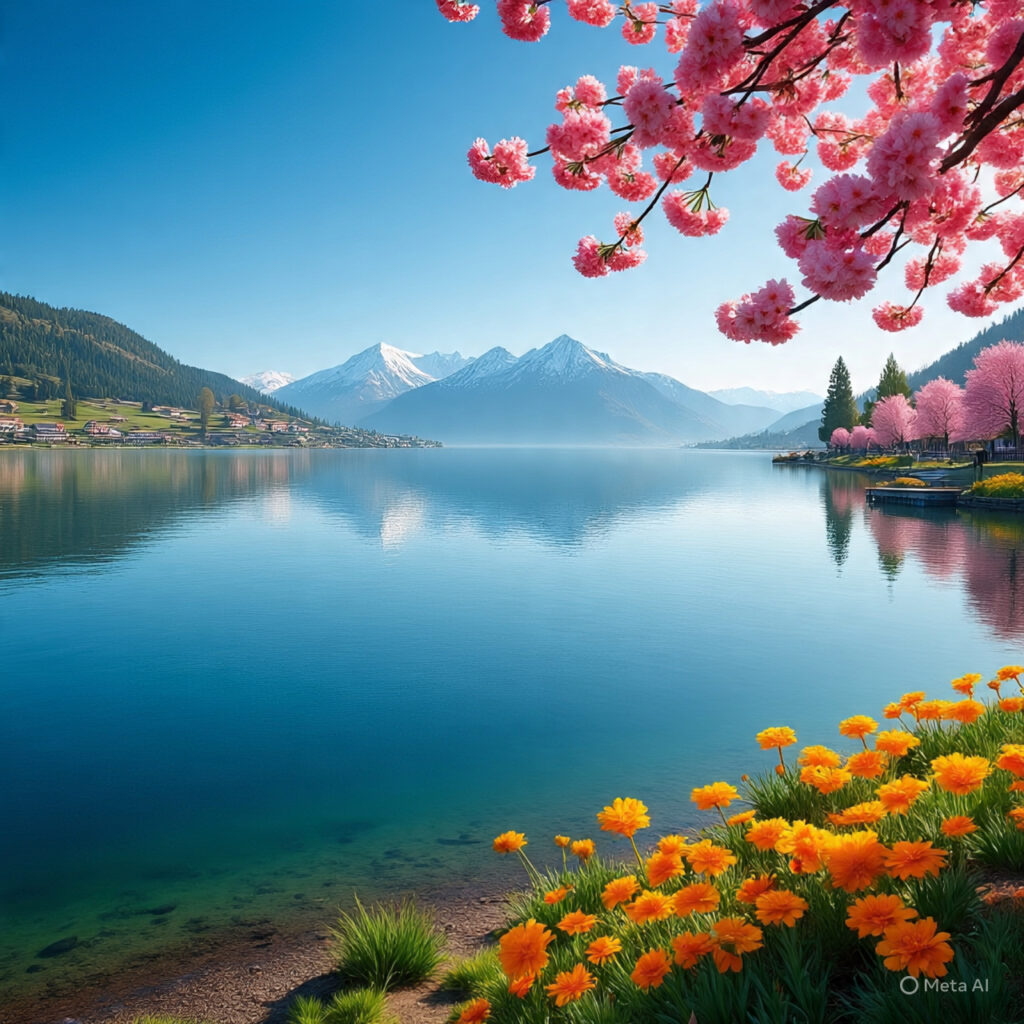
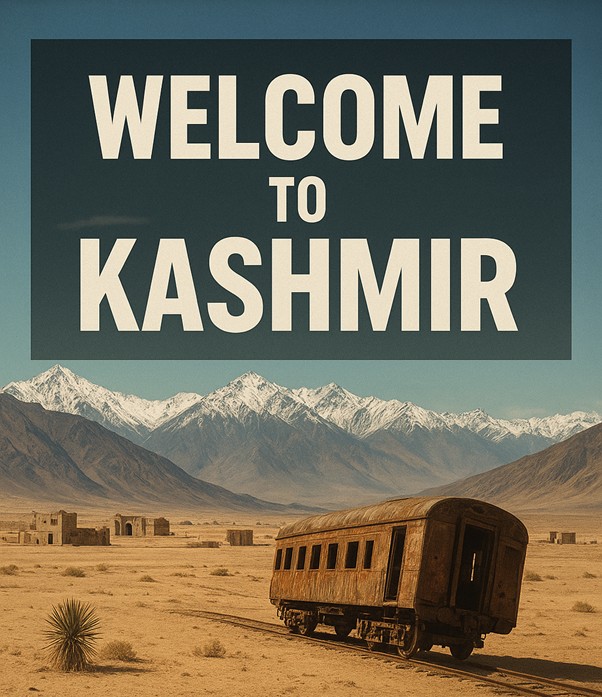
From 102km² to 10.9km²: How Kashmir Murdered Its Own Ecosystem
The transformation is breath-taking in its speed and brutality. Built-up areas in Kashmir have exploded by nearly 28 times over five decades, with urban construction now covering 37.12% of critical wetland catchments. This isn’t development, it’s environmental vandalism on an industrial scale.
All glaciers in Kashmir valley are showing a receding trend, with 95% of the Himalayan region’s 9,500 glaciers retreating. Meanwhile, 48 glaciers around the Nun-Kun peaks have receded by 4.5% with glacier snouts retreating at 6.4 meters per year between 2000-2020. The water sources that sustained this region for millennia are vanishing before our eyes.
The Heat Island Horror
Kashmir’s cities are now thermal death traps. Urban land surface temperatures have risen by 2°C between 2000-2020, with RCC concrete surfaces acting as heat magnets that store and re-radiate deadly warmth. The valley that once offered refuge from India’s brutal summers now issues its own heatwave alerts.
Scientific projections show Kashmir’s annual temperature could rise by 5.2°C by century’s end under worst-case scenarios, enough to trigger complete ecosystem collapse.
Kashmir Buries Its Flood Insurance Under Concrete Tombstones
Kashmir’s wetlands were nature’s insurance policy against floods and droughts. Now they’re graveyards of concrete ambitions. Anchar Lake has shrunk from 19.54 km² in the 1890s to just 4.26 km² today. Between 1911 and 2011, Kashmir lost nearly 50% of its wetlands, with each destroyed marsh pushing the valley closer to environmental catastrophe.
The government’s response? Proposals to build IIT, IIM, and other institutions over hundreds of kanals of the critical Narkara wetland, requiring Rs 101 crore just to fill the earth into this vital ecosystem. Its environmental suicide disguised as development.
The Flood-Drought Death Spiral
Without wetlands to absorb water, Kashmir faces a terrifying paradox: simultaneous floods and droughts. The 2014 Srinagar flood exposed vulnerabilities created by haphazard landfilling and disrupted natural drainage. RCC surfaces prevent natural water infiltration, turning every rainfall into a potential disaster while groundwater tables plummet.
Water scarcity, decreased agricultural water supply, and disruptions in hydropower industry are already visible impacts of accelerated glacier melting. Kashmir’s transition from water abundance to water stress is accelerating with each passing monsoon.
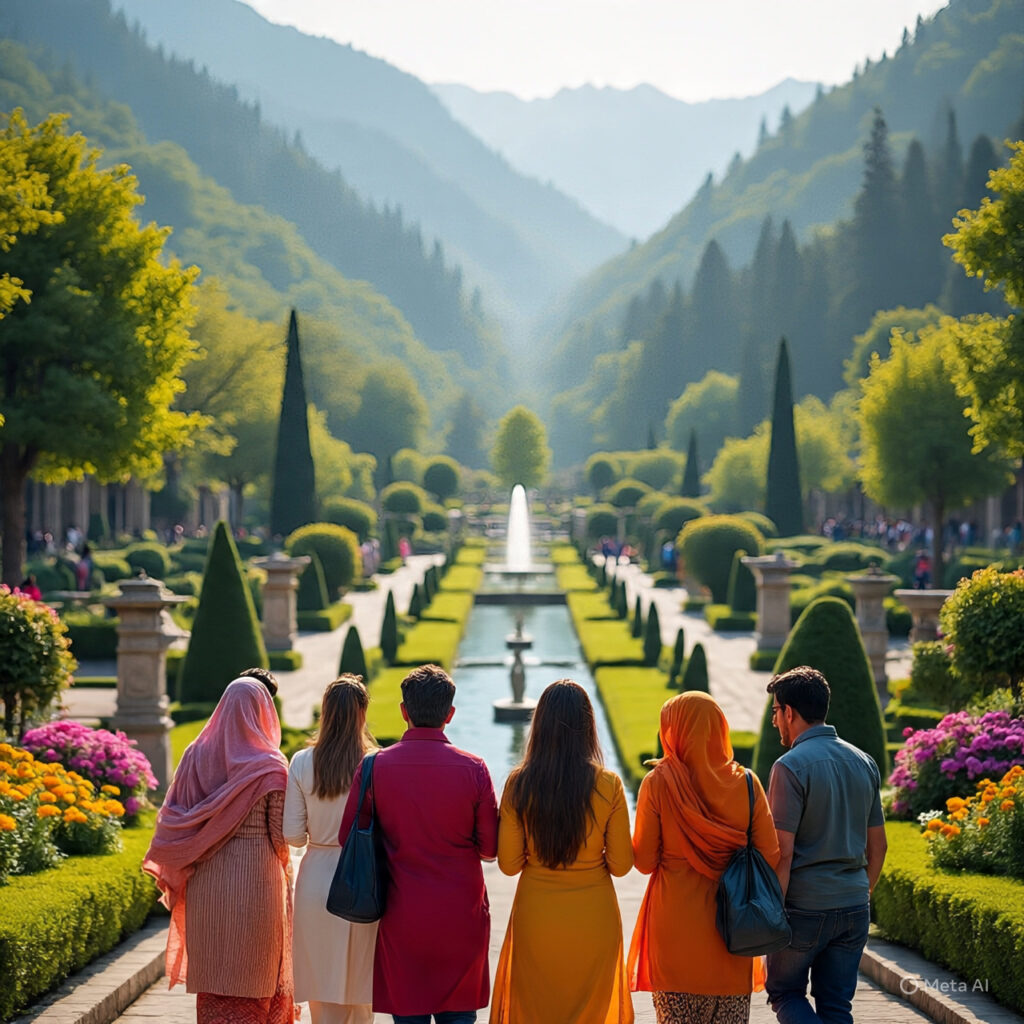
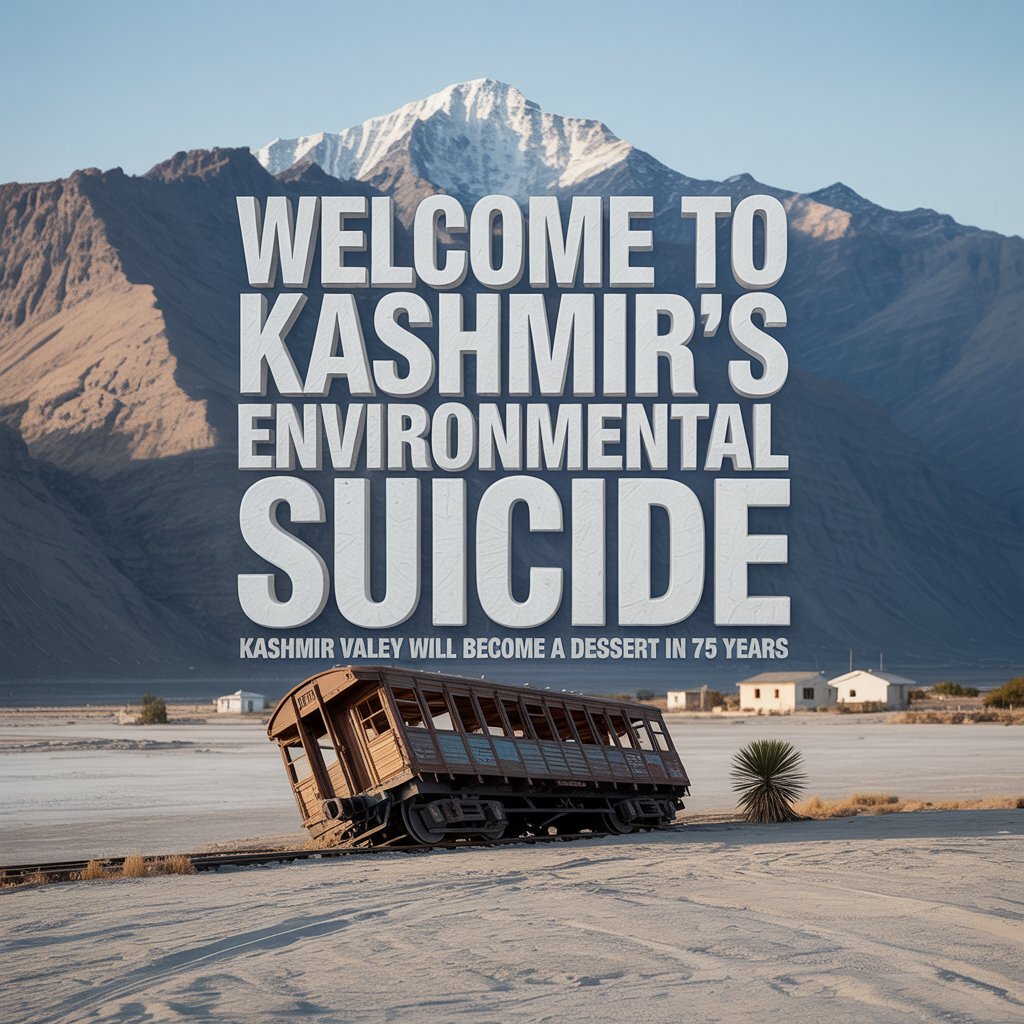
Agriculture Under Siege
Kashmir’s legendary agriculture is collapsing. Saffron cultivation in Pampore faces severe challenges, with decreased production and area under cultivation discouraging farmers. Agricultural area has decreased by 78% from 22.63 km² in 1965 to 5 km² in 2016, mainly due to urban expansion.
The valley that once fed itself is now importing food while its fertile soil disappears under concrete.
Air and Water: Poisoned Paradise
Cement industries in Pulwama, Khrew, and Khonmoh zones now record the highest PM10 levels in the valley, causing significant respiratory disorders among nearby residents. Of the 193 million Liters of daily domestic sewage generated in Srinagar, 140 million Liters remains untreated due to insufficient infrastructure.
Kashmir’s air and water, once pristine enough to drink directly from lakes and Rivers are now toxic enough to trigger health emergencies.
The Point of No Return
The fragile Himalayan ecosystem is extremely vulnerable to small climate perturbations, and rapid urbanization combined with rising pollution levels continue to threaten natural ecosystems. Every wetland filled, every forest cleared, every concrete structure-built pushes Kashmir past another ecological tipping point.
Climate change impacts will exacerbate existing stress while undermining growth and development, with human activities forcing an increase in probability of large, abrupt environmental events.
Breaking News
Wake Up Call
Kashmir’s environmental crisis isn’t a distant threat; it’s an unfolding catastrophe. The valley has perhaps one decade to reverse course before crossing irreversible ecological thresholds. This requires immediate action: halting all wetland encroachment, mandating green construction standards, restoring natural drainage systems, and treating urbanization as the environmental emergency it has become.
The choice is stark: act now to save Kashmir’s ecosystem, or watch Paradise transform into a highland desert within our lifetime. The concrete cancer is spreading, the heat is rising, and time is running out.
Kashmir’s environmental apocalypse isn’t coming—it’s already here.



Horrifying for population as well as policymakers….